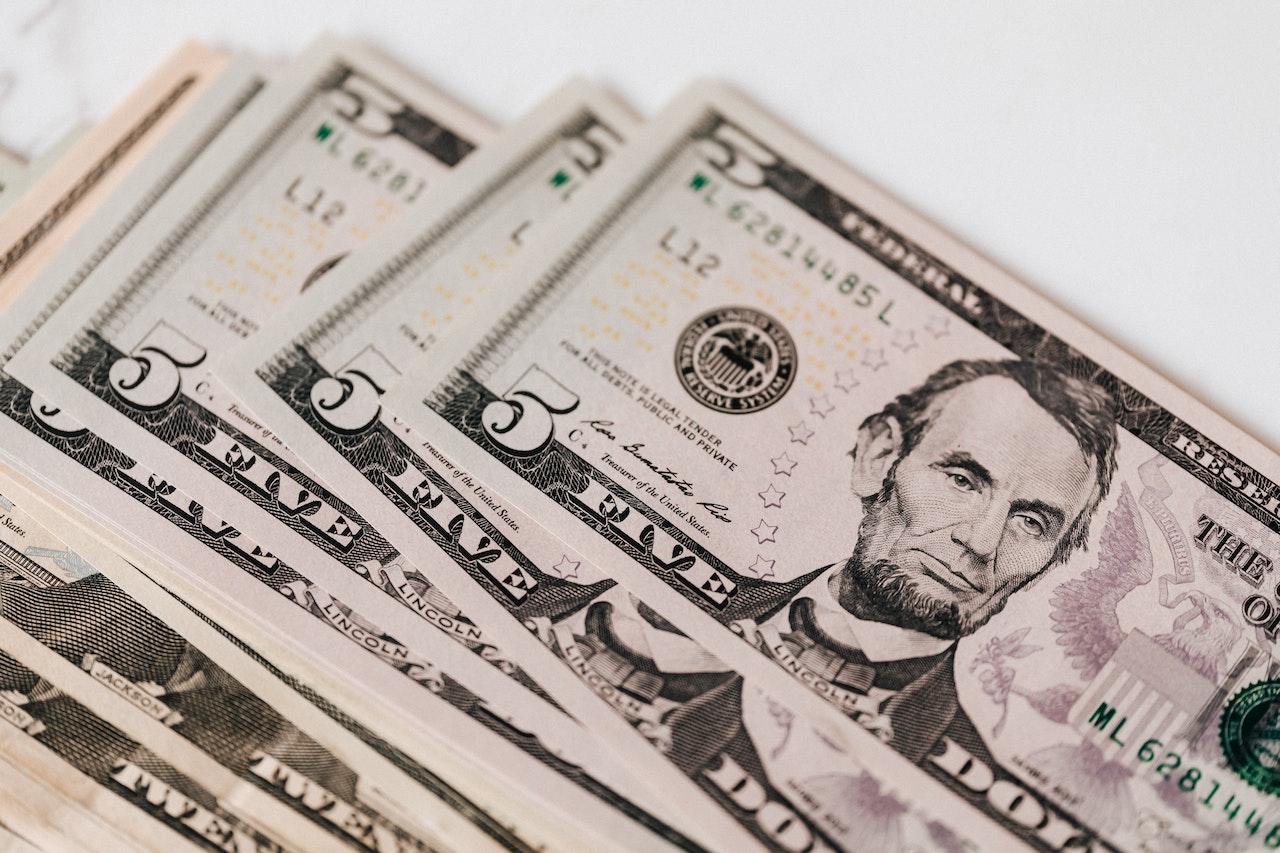
One of the most common questions that people have about emergency savings is “How much?” How much should you have in your account? How much should you try to put away? How much is enough? There’s no single number that everyone should aspire to reach. Instead, you should aspire to reach general savings goals as you build up an emergency fund. Each goal will help you deal with certain emergencies.
Table of Contents
Savings Goal: More than $0
Your first savings goal should be the bare minimum. You should have more than $0 sitting in your emergency fund. Having some savings in your emergency fund is always better than having no savings whatsoever.
When you don’t have any emergency savings, you might struggle to pay off small, surprise expenses that drop into your lap. If you try to use the funds sitting inside your checking account, you could risk dismantling your routine spending. You might run out of money reserved for your essential expenses, like groceries and gas. You might not have enough to pay your bills on time and get charged a series of late penalties. You might even overdraw your checking account and push your balance into the negatives. These are all consequences that you’ll want to avoid.
So, if you don’t have enough emergency savings to cover an emergency expense, you might want to borrow funds to do it. How? You could try applying for a personal loan online. With an approved loan, you can use borrowed funds to pay off an emergency expense quickly and then follow a simple repayment plan afterward. Look at these basic tips to manage your repayment when you’re on a tight budget. These should help you stay on track with the plan and finish it.
Savings Goal: Approximately $400
So many Americans do not have enough savings on hand to cover a small, surprise expense (approximately $400) out of pocket. They would have to find an alternative way to pay for it, like charging the expense to a credit card. Try not to be in the same boat as them! Save up at least $400 in your emergency fund.
A $400 expense is not an extraordinary thing to encounter. These are just some examples of emergencies that can cost you around $400:
- Getting an emergency dental filling for a painful cavity at your dentist’s office can run you around $500.
- Getting a drain unclogged by a plumber can cost you $150-$500, depending on the severity of the clog.
- Getting an alternator replacement for your car typically costs between $400-$600.
Savings Goal: Over $1000
Once you surpass your $400 savings goals, don’t stop putting money away. You’ll want to be able to afford even bigger emergency expenses out of pocket. Make your next savings goal over $1000.
These are just some examples of emergencies that will cost you around $1000:
- Getting emergency veterinary treatment for your pet can cost over $1000, especially without coverage from pet insurance.
- Getting moderate roof repairs tends to cost $1000-$2000.
- Getting your water heater replaced costs an average of $1400.
Savings Goal: 3 to 6 Months’ Worth of Expenses
After saving over $1000 in your emergency fund, you should keep up with your contributions. You’ll want to make your next savings goal 3 to 6 months’ worth of expenses.
Why such an ambitious goal? Having 3 to 6 months’ worth of expenses stashed away in your emergency fund could help you withstand difficult circumstances when your income is no longer reliable or even available. For instance, if the country goes into an economic recession, and you end up getting laid off from your job with no clear prospects of getting immediately hired for a new position, you can use the savings sitting in your emergency fund to stay afloat for several months. You know for a fact that you’ll be able to cover your usual expenses for housing, food, transportation and more.
Once you meet all of these savings goals, you’ll know for a fact that you can handle any emergency that comes your way. You can handle everything from a home repair to a recession without trouble.


